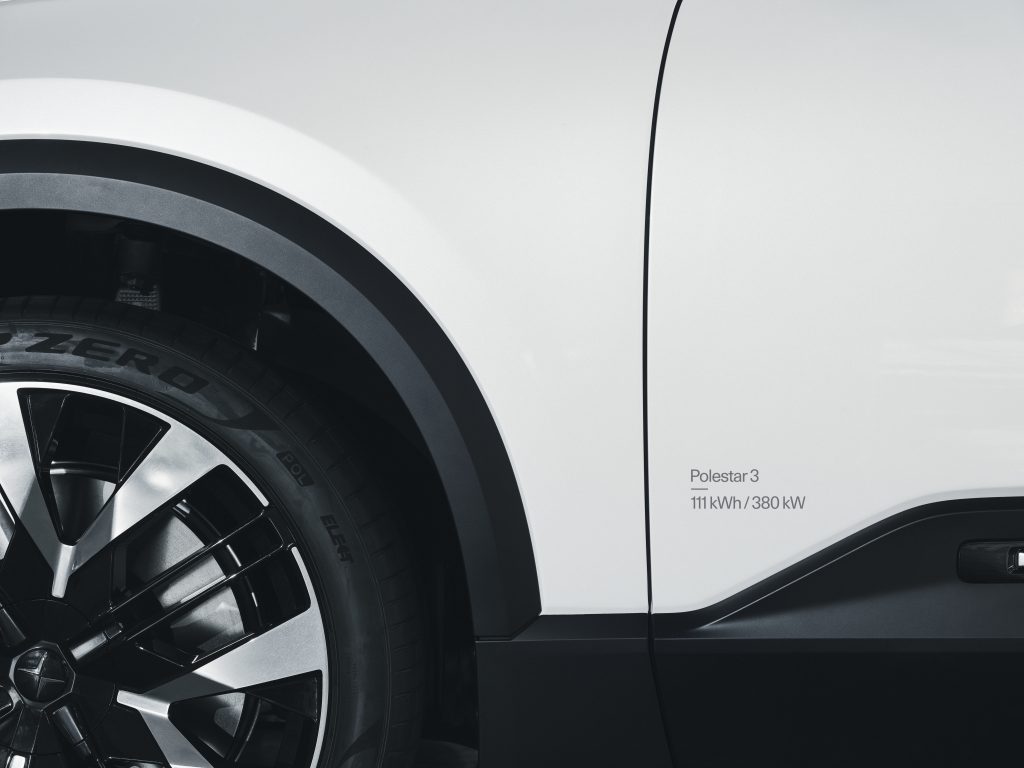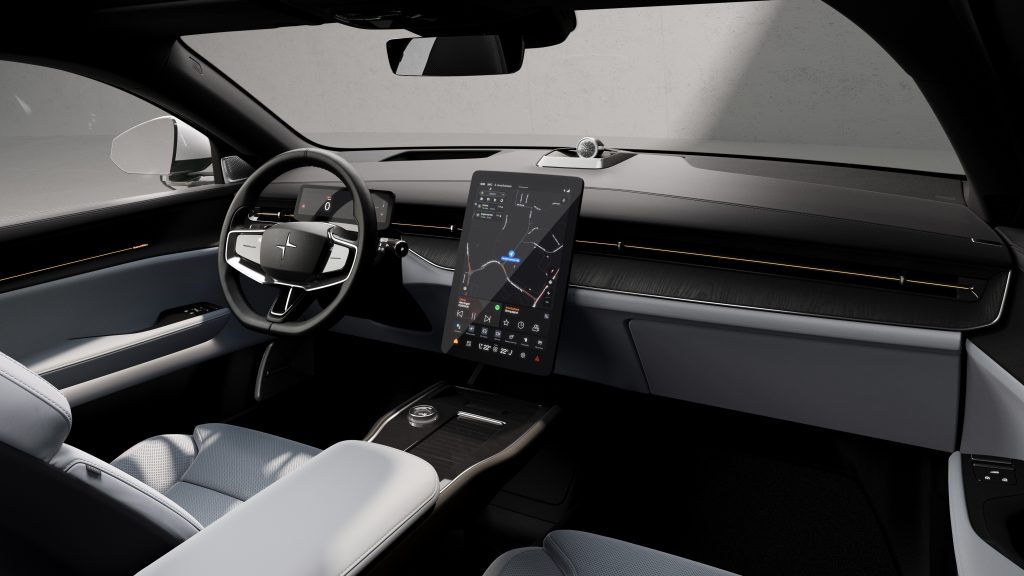Unveiling The Polestar 3 Electric SUV
Digging into the design of the Swedish carmaker’s new anchor vehicle

“The Polestar 3 is the anchor, the car that is the core of our brand,” says Thomas Ingenlath, the company’s CEO, in Copenhagen this week at the vehicle’s world premier. While Polestar is now five years old and this is their third production model, it’s really the first to be designed and built entirely within the company as previous models were germinated at Volvo before it spun out Polestar as a sister company. The 3 is a luxury electric SUV with a low, wide stance and distinctive angles that seem to defy the typical EV design language.
It’s also the brand’s noble attempt to reconcile the popularity of SUVs and the undeniable reality of their negative impact on the environment. “We want an SUV with a nice high seating position that is efficient, has great looks and doesn’t have a face that looks like it’s eating kids for breakfast,” Ingenlath shares in a cheeky reflection on both the design of the car and perception of the category. This is a vehicle with a lot on its shoulders.

Aerodynamics play a massive role in the efficiency of all cars but among range-thirsty battery electric vehicles, it’s a critical element that often dictates major exterior design decisions. At a glance, the chunky vertical front and rear surfaces would seem to fight airflow but “you need to use some tricks to work around aerodynamics” as Maximilian Missoni, Head of Design, shares. “It’s always important to create characters with these cars. So instead of creating beautiful objects that get tired of over time we create these points of [creative] friction so this character is a very strong one.” To achieve this distinction without compromising aerodynamics, the Polestar 3 has both front and rear spoilers cleverly hidden to channel airflow through, instead of over, the surface of the car.

Moving from fossil fuels to electric mobility powered by renewable energy sources isn’t a singular solution to combat climate change. We also need to think about maximizing the lifespan of our products and consuming fewer, better things. So how does Polestar establish a unique design with a mind for longevity? “What we strive for with the purity of our designs is to keep the longevity. But at the same time we always inject a lot of character so the cars stay relevant in the relationship that you have when you own it,” Missoni shares. “But it doesn’t overload you with information. It’s not bling bling. It’s not over-designed. It’s a very clear and pure statement. And you can feel it when you feel the materials, when you feel the attention to detail, when you understand how we layer our design.”

Beyond exterior and interior design, infographics play a key role in Polestar’s brand DNA. Rendered in the clean and crisp Unica77, the brand’s singular font face, labels subtly describe key attributes. On the seats you can read the source and carbon impact of its materials, on the nose the SmartZone sensor cluster is named and outlined and the model name with its battery capacity is shown in the lower corner of the front doors. This might sound like a lot but it easily blends in.

The Polestar 3 is called an SUV and has the appropriate ground clearance and seating position to merit the label. Leveraging the architecture electric vehicles afford, however, the seating angle is more sporty and rear seat legroom is ample. Interior appointments are crisp and thoughtful—a true mark of minimal Scandinavian design. A low dashboard and minimal driver’s display maximize visibility and all infotainment controls are easily reached on the central 14.5-inch display that’s powered by Google’s Android Auto OS.

By the numbers, the Polestar 3 is a fully electric, five-seat vehicle with a 300-mile range, running on a 111 kWh battery. Dual motors provide all-wheel-drive and can run independently to save energy. With 517hp and 671 pound-feet torque, the car can reach 60mph in 4.9 seconds—impressive considering its curb weight of 5,696 pounds. Its resting height is 1,627mm—about 8cm taller than a Volvo V90 and nearly 5cm shorter than a Porsche Cayenne.
Production will begin next year in China and the US with first deliveries in Q4 of 2023. The launch version comes with the Plus package that includes a 25-speaker sound system from Bowers & Wilkins with 3D surround sound and Dolby Atmos capability, soft-closing doors, heated seats and steering wheel and more. It also includes the Pilot package, with heads-up display, park assist and driver assist. This version is priced at $83,900 and there will be both lower and higher specs available in the future.
Images courtesy of Polestar












